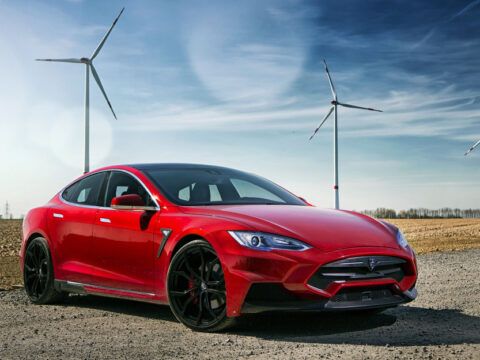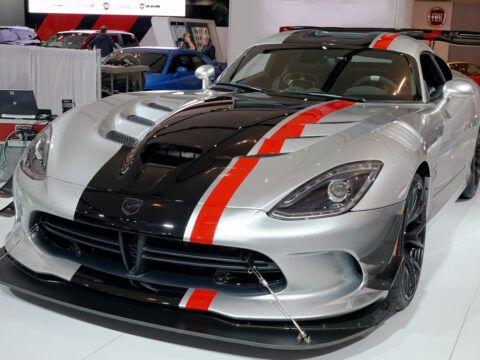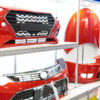In today’s rapidly evolving automotive landscape, myths and misconceptions about cars often take root, steering drivers down the road of misinformation. From old wives’ tales about fuel efficiency to modern-day misconceptions regarding vehicle maintenance, these myths persist across generations. This article delves into the heart of these misconceptions, debunking the most prevalent myths and setting the record straight.
Contents
Myth: Premium fuel improves performance in all cars
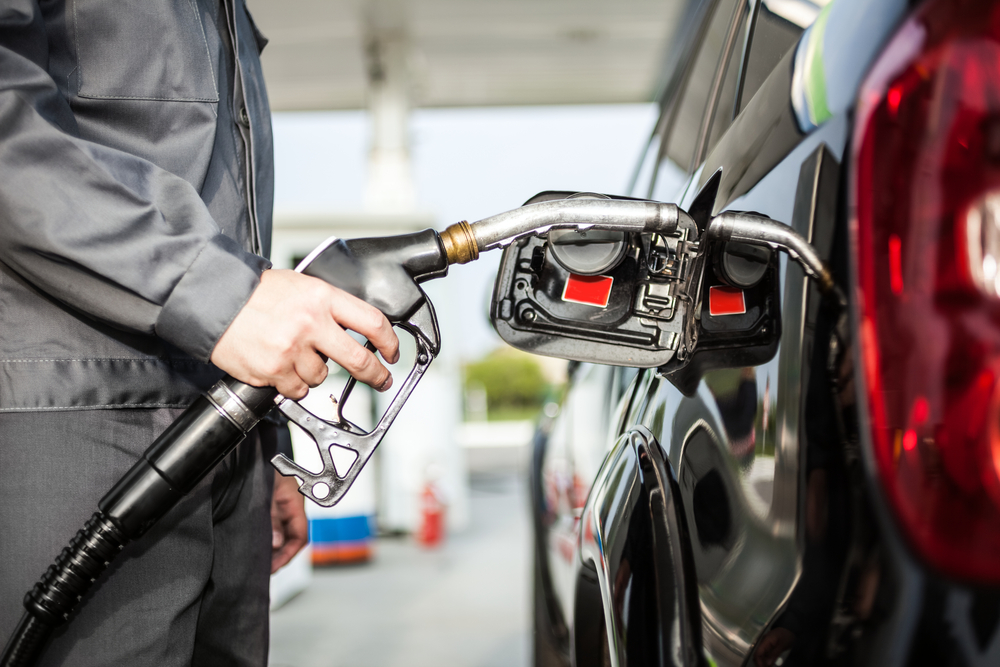
Many people believe using premium fuel in any car will improve its performance and longevity. In reality, only certain high-compression engines are designed to take advantage of the anti-knock properties of higher-octane fuels. For regular cars, using premium fuel won’t necessarily provide a noticeable boost in performance or fuel economy. Always consult your vehicle’s manual to determine the recommended fuel type.
Myth: Manual transmissions always get better fuel efficiency than automatics
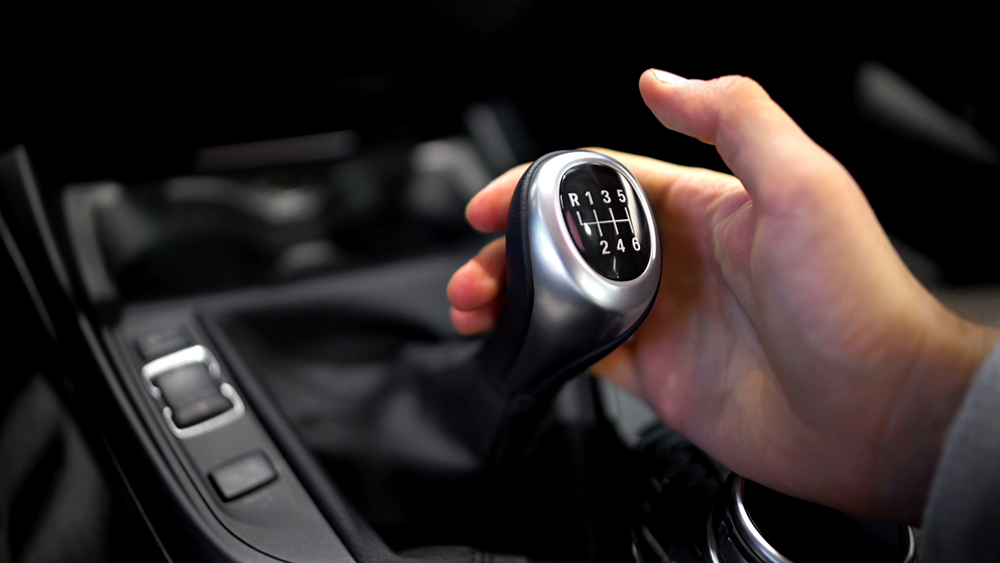
Historically, manual transmissions were often more fuel-efficient than automatics. However, advancements in automatic transmission technology, including CVTs and dual-clutch systems, have leveled the playing field or even surpassed manual transmissions in some cases.
Myth: You need to change your oil every 3,000 miles
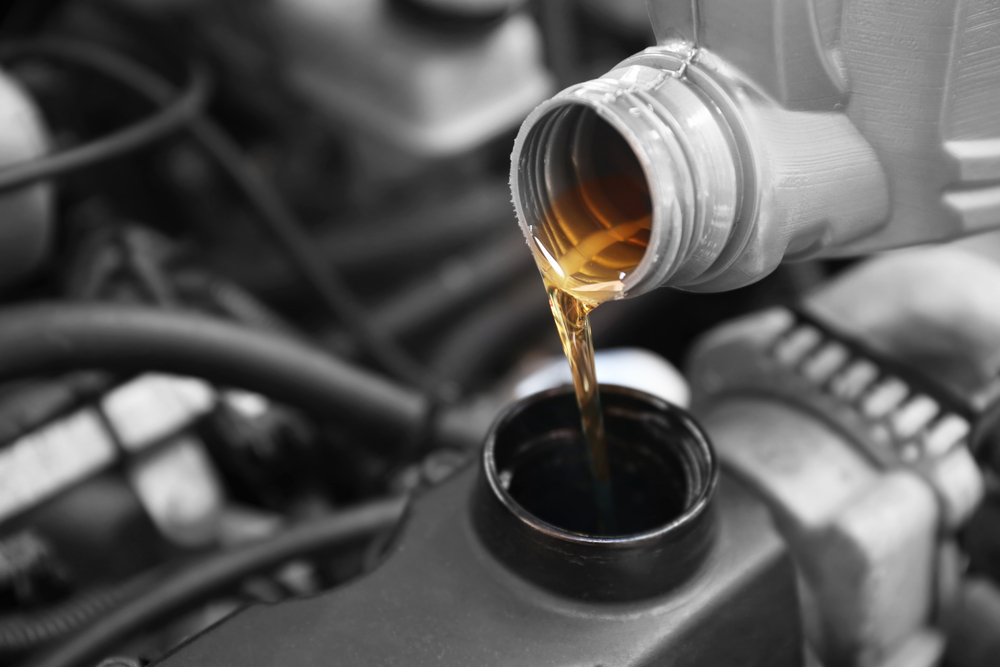
This was once common advice, but advancements in engine design and synthetic oil formulations have extended oil change intervals. Many modern vehicles can go 5,000 to 10,000 miles between oil changes. Always consult your owner’s manual for the recommended interval.
Myth: Letting your car idle is the best way to warm it up
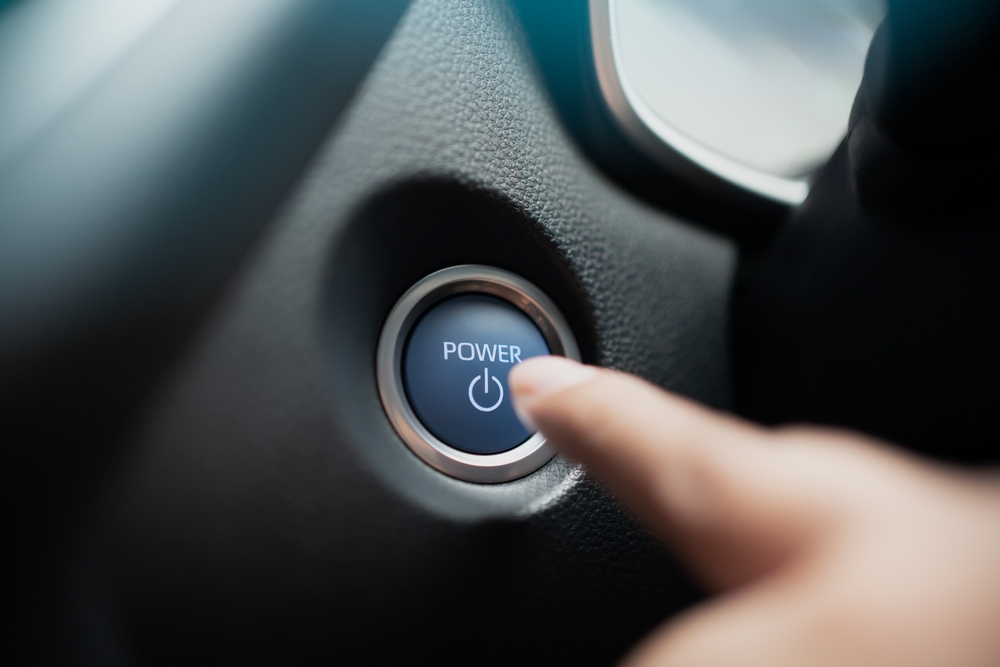
While it’s true that you shouldn’t push an engine hard when it’s cold, letting it idle for long periods isn’t the most efficient way to warm it up. Driving gently is usually a better approach, as it warms up the engine faster and reduces fuel waste.
Myth: Red cars get pulled over by the police more often
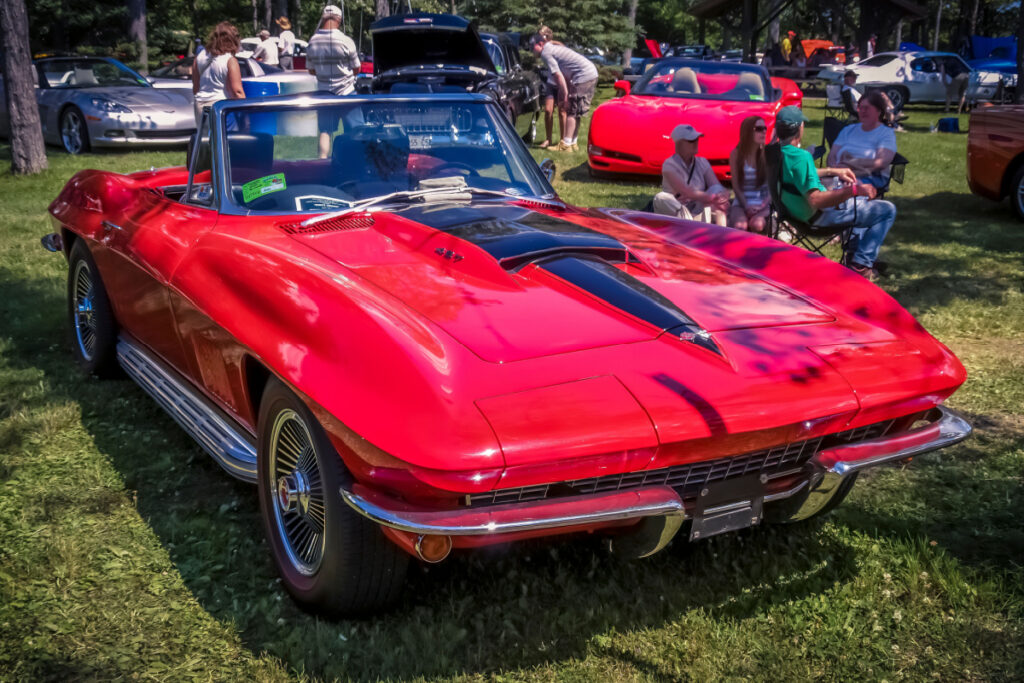
This is more of an urban legend than a factual statement. While red cars may stand out more, there isn’t concrete evidence to suggest they’re ticketed more than cars of other colors. Driving behavior is a far more significant factor.
Myth: Replacing your air filter will boost your gas mileage

While a clean air filter is crucial for optimal engine performance, its effect on gas mileage in modern fuel-injected cars is minor. Dirty filters can reduce acceleration, but the computer systems in newer vehicles adjust the fuel flow to compensate, keeping fuel efficiency largely stable.
Myth: Using the air conditioner is always better than opening the windows for fuel efficiency

The truth is, both can impact fuel efficiency. Using the AC increases engine load, while open windows can create aerodynamic drag. The exact impact varies based on speed, car design, and other factors.
Myth: Cars need regular ‘tune-ups’
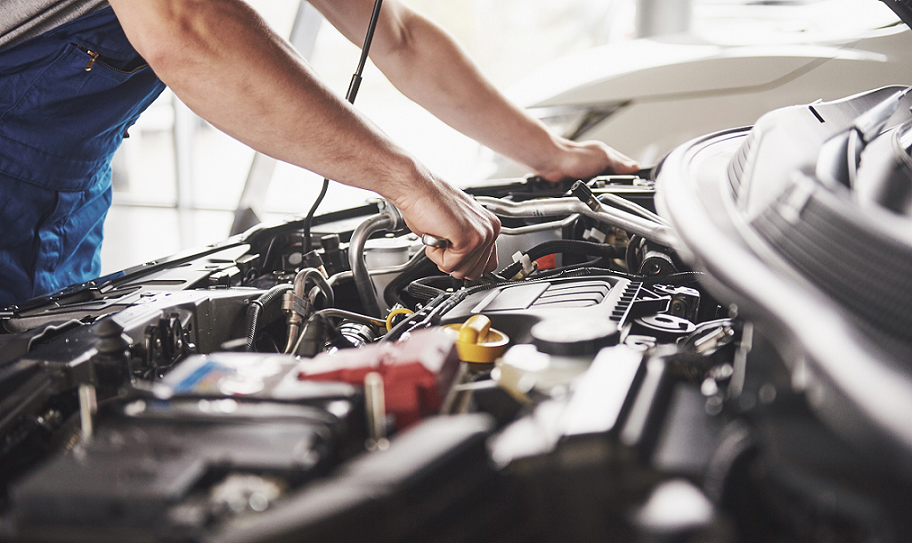
In the past, cars required regular adjustments or “tune-ups” to maintain optimal performance. With modern electronic ignition and fuel injection systems, the traditional “tune-up” is largely a thing of the past. Instead, regular maintenance now involves checking and replacing specific components as needed.
Myth: All-wheel drive (AWD) means you’re safe in all weather conditions
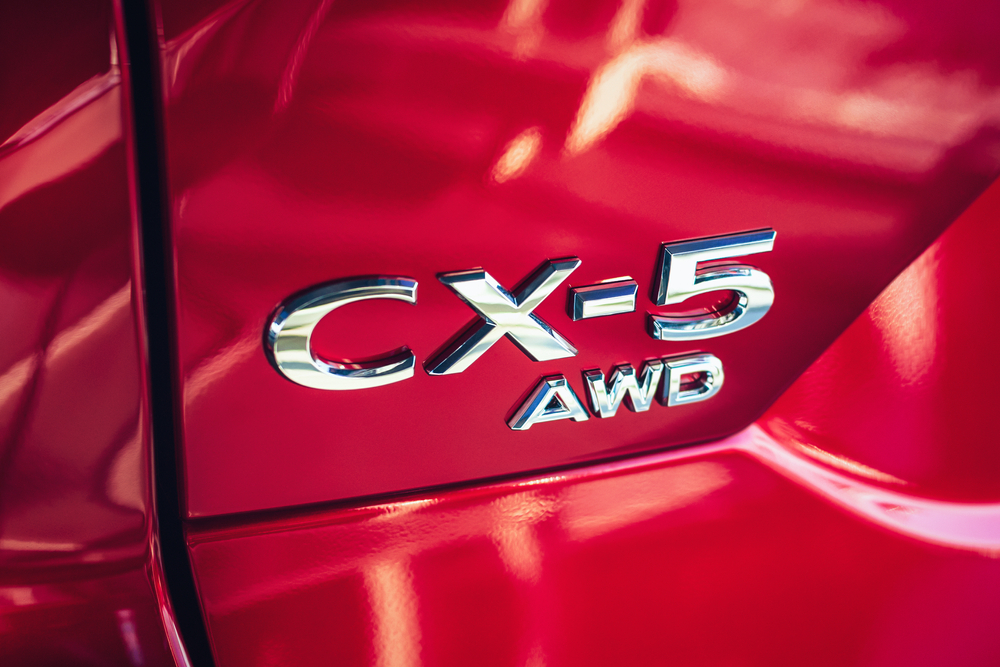
AWD can help with acceleration and provide some advantages in slippery conditions but doesn’t improve braking or turning in icy or wet conditions. Proper tires and cautious driving are more critical factors in inclement weather.
Myth: Using your cell phone while fueling can cause an explosion
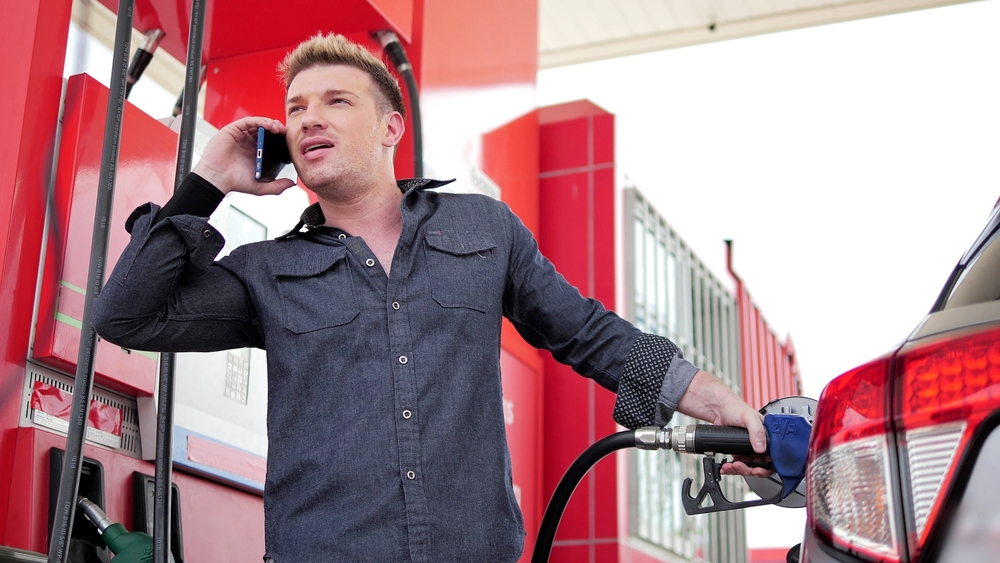
Rumors and urban legends have suggested that using a cell phone at a gas station can cause sparks and ignite fumes. However, the FCC, Petroleum Equipment Institute, and other agencies have found no verifiable incidents where cell phones caused gas station fires.
This article originally appeared on MyCarMakesNoise.


